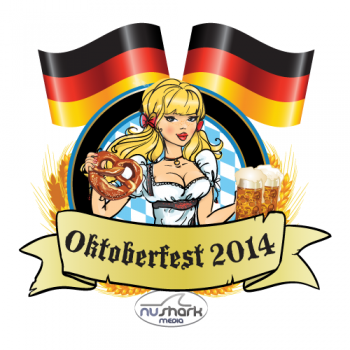The people living in the two small towns of Pueblo Nuevo and Tabacon around the Arenal Volcan before 1968 lived in peace. They knew that their long-dormant (over 400 years) “Cerro Arenal” protected them with its powerful 5,436 feet (1,657 meters). The first documented summit and exploration of the surrounding area took place in 1937, which reached the summit that same year.
However, on July 29th, 1968, local residents awoke at 7:20 AM when the western side of the volcano hurled itself over 232 square kilometers, entombing 15 square kilometers. The explosion, additionally, killed 87 (some reports suggest 78) people, shaking the vary lives of the “pura vida” country. Because of the pure potency of the 1968 explosion, three new craters formed.
Today, Arenal has periodical daily eruptions. In fact, Arenal is of the strombolian type, referring to the Stromboli Volcano in Italy, which has successive yet tolerable volcanic outbreaks. Arena similarly discharges simmering gases, ash and volcanic rock at over 50 miles per hour. Arenal has undersized explosions every five to ten minutes. The next major explosion should be several more hundred years in the future, so visitors can get quite close to Arenal today. Sightseers are not allowed beyond a particular zone for obvious safety concerns.
The Arenal National Park houses the mountain with the same name and overlooks Lake Arenal, also part of the park. The Arenal Volcano is by far Costa Rica’s most active. Visitors are considered quite lucky to see the volcano in its entirety given that its peak is almost always covered in clouds. Because the Caribbean pressure systems, the dry season in and around Arenal starts sometime in the middle of April and ends around the beginning of November. The best months to see the Volcano, then, are during the small summer-like window between September and October.
However, a guided walk may be in order if you wish to get to some of the best viewing points within the park proper itself. With so much flora and fauna—with hot springs warmed naturally to boot—a guided day or half-day tour is the best way to not only get your bearings but also become aware of botany, history and zoology.
The best town to start your Arenal exploration is La Fortuna (350 feet over sea level). Located about 3 to 4 hours from San Jose on a asphalted road, La Fortuna offers hotels, lakes, canopy tours, hot springs, natural reserves, fishing areas, horseback riding, waterfalls, waterfall rappelling, hiking, trekking, mountain biking, hanging bridges, sky trams, taxi boats, ATV tours, canopy tours, caves, bars, restaurants, drugstores and—once you’ve cleansed your vices—catholic churches. The tourist industry infrastructure in the area is top-notch, with resorts, lodges and hotels.

